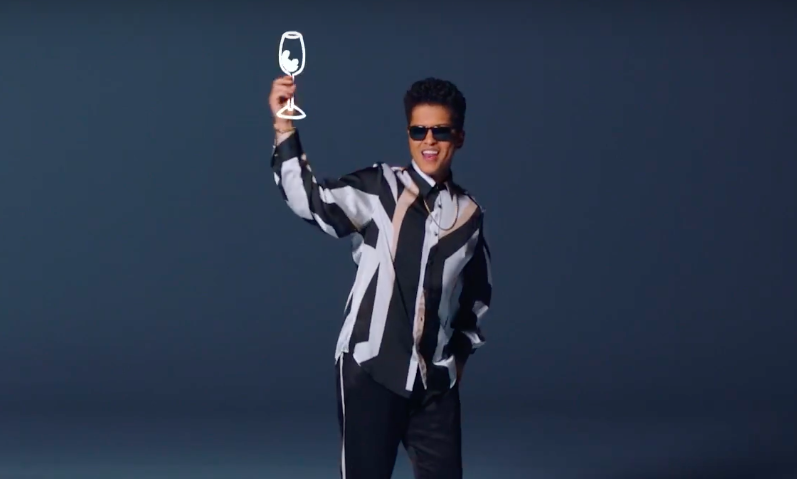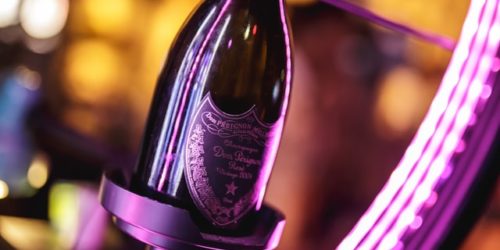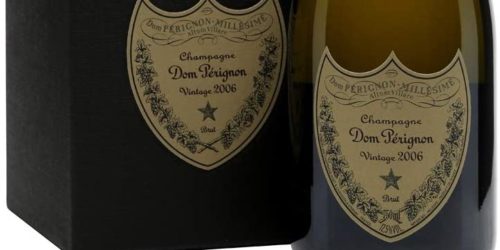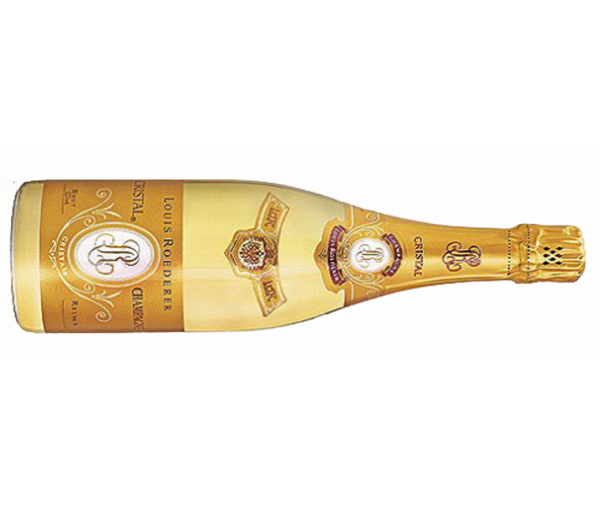Most champagne cocktails served today borrow from old punch recipes. The Royal Punch was the most popular in the 19th century when the then Champagne houses produced white, red and pink wines. In Germany, it was made of white wine lemons, champagne, tea and arrack. Other regions like Munich prepared it using oranges, arrack, lemons and champagne with a pint of pineapple juice. At the time, wines were described as a delicate with an edgy feel on the palate. The modern champagne is slightly different; it feels firm, fizzy with a pleasant prickling on the palate. Other famous wine enthusiasts like Samuel Butler described champagne as
brisk with a gentle prick on the palate.
Trading links between Germany and French introduced the use of champagnes in cocktails and punches during the 2nd half of the 18 century. The Baron Zulow punch was the first to be recorded in 1766. It comprised a large bowl of champagne and arrack. Two years later, von Munchhausen introduced a recipe for a cocktail made of Rhine wine or champagne, lemons and Seville oranges with arrack. The recipe was recorded in a Berlin cookbook in 1796.
The preparation of cocktails has evolved over the years to match each region’s tastes. For example, in the 19th century, Russians preferred sweet punches hence, used sweet champagne (with 250-330g of sugar) to prepare their cocktails. Germans loved less sweet punches and used wines with 170-200 g of sugar. The 1860s saw authors introduce frozen versions of cocktail citing that if the wine is too sweet, it was best served in ice. This style has caught on in modern preparation of cocktails as most of them are served frozen, e.g., the strawberry champagne on ice.
Strawberry champagne borrows greatly from Rossini cocktail, an alcoholic mixed drink made of pureed strawberries and Prosecco (sweet glittering wine). The cocktail was named after a 19th-century Italian composer called Gioachino Rossini.
How to Prepare
The Rossini used similar preparation techniques as the Bellini cocktail with a slight variation. Individuals would cut strawberries into pieces, blend them into a puree, pour it into Champagne flutes and top up with Prosecco. A slice of strawberry would be added on the rim of the glass just like today’s cocktail. Modern strawberry champagne uses the same preparation method.
Ingredients:
• A bottle of sparkling wine or champagne
• A cup of fresh or frozen strawberries
• A cup of lime juice
Instructions:
1. Wash and dry the strawberries. If you prefer frozen berries, be sure to defrost them. Blend them to make a smooth puree and add the lime juice.
2. Pour the strawberry pulp into long glasses
3. Add champagne over the strawberry puree and stir. You can add a piece of strawberry on the edge of the glass and serve. You add sugar, or vanilla to add taste.
How to Serve
You want to use some decent glassware when serving. Pouring the cocktail in a bowl causes it to lose bubbles fast, and you lose of the aromatics the wine has to offer. Experts advise serving it in a flute; it delivers the drink to your tongue so that you can enjoy the flavours and scent.
Choosing the Right Wine for a Great Cocktail
The kind of wine or champagne used for the cocktail determines how it turns out. If you are using sparkling wine instead of champagne, choose one that has been prepared using traditional methods where wine is aged. Ageing allows the tastes to develop, giving the wine a well-rounded body with fine bubbles and sweet fragrance. Well-prepared wines affect how the wine feels on the palate and the final taste of the cocktail. Here are useful tips that will help you choose the right wine for great strawberry champagne on ice cocktail:
Vintage and Non-Vintage Wine
Vintage wines and champagnes have been matured for three years and are often expensive. Since vintage wines are not declared every year, you can look for wines with the label LD or RD if it’s written in French. These kinds have lasted a long time in the lees hence, produce more depth of flavour.
It doesn’t mean you should discredit non-vintage wines entirely. Look for discount non-vintage wines and champagnes made from various vintages. They offer consistency and great taste for your cocktail.
Sweet and Dry Wines
Be sure to look at the label to determine the wine’s level of sweetness. Most wines have extra sec (extra dry), doux (sweet), brut (dry-dry) and demi-sec (half-dry) labels.
Cooling the Champagne
The best way of cooling a champagne bottle is using a champagne bucket. Plunging it in a container filled with water and ice allows it to reach the right temperature in 15-20 minutes. Alternatively, you can also leave the bottle on the bottom shelf of the fridge for 3-4 hours before serving. Rapid cooling of the wine or champagne in a freezer ruins its flavour and aroma. For our thoughts on the best champagne out there, check out our piece.
Storage
Sparkling wine and non-vintage champagne are not designed for storage because the manufacturer has already aged it. If you are using vintage champagne, you should store the bottle in a cool, dark place with a slight variation in temperature. If you are storing the wine in a fridge, ensure the bottle is closed with a suitable stopper.
The Best Buys
Australian sparkling wines from the House of Arras make great cocktails. You can also look for Stefano Lubiana, Heemskerk or Chandon. If you are looking for imported versions, wines produced in Italy, e.g., from Franciacorta are pretty impressive.







